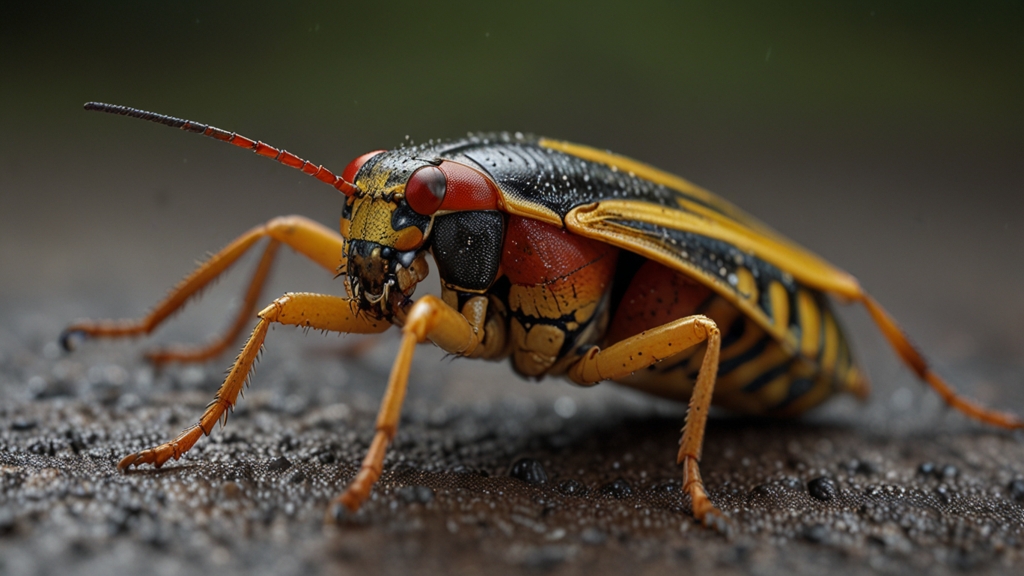Do Animals Experience Love? The Heartwarming Truth
For centuries, humans have marveled at the behaviors of animals, often anthropomorphizing their actions to mirror our own emotions. One of the most compelling questions that has intrigued scientists, pet owners, and animal enthusiasts alike is whether animals experience love. This subject is not only a fascinating inquiry into the emotional lives of our companion animals but also an essential consideration for animal ethics and welfare.
Understanding Love in Human Terms
Love is a multifaceted and complex emotion that can encompass romantic attraction, deep affection, and familial bonds. In humans, this emotion is typically characterized by biochemical processes, such as the release of oxytocin and dopamine. These chemicals foster feelings of happiness, attachment, and bonding. To determine if animals experience love, it's crucial first to define what love is and then to identify similar patterns in the animal kingdom.
Signs of Affection in Animals
Many animal behaviors indicate affection and bonding, which closely parallel the human understanding of love. For instance, dogs are renowned for their loyalty and unconditional love toward their human companions. They demonstrate affection through tail wagging, licking, and even protective behaviors.
“If you’ve ever witnessed the joyful reunion of a dog and its owner after a long absence, it’s difficult to deny the emotional depth of their bond,” remarks Dr. Julie Hecht, an animal behaviorist.
Cats, although often perceived as more aloof, also exhibit signs of affection such as purring, kneading, and head-butting. These actions are not just random behaviors; they are forms of communication indicating trust and love.
Scientific Evidence of Animal Emotions
Numerous studies support the notion that animals are capable of experiencing emotions that could be interpreted as love. Research on animals ranging from elephants to birds has uncovered evidence of strong emotional bonds. For example, elephants are known for their deep familial ties and have been observed mourning their dead.
Birds, particularly species that mate for life like swans and albatrosses, also exhibit strikingly human-like behaviors. They show signs of grief when their partners die and engage in intricate courtship rituals to strengthen their bonds.
“The complexity of animal emotions is still a growing field of study, but what we've observed so far is quite convincing,” states Dr. Frans de Waal, a primatologist specializing in animal emotions.
The Role of Neurochemistry
One of the most compelling pieces of evidence comes from the study of neurochemistry in animals. Oxytocin, often dubbed the 'love hormone,' has been found in both humans and animals. This hormone plays a crucial role in social bonding, and studies have shown that animals like dogs and even rodents release oxytocin in social contexts.
In a 2015 study, researchers found that when dogs and their owners gazed into each other's eyes, both experienced a significant increase in oxytocin levels. This mutual gaze effect resembles the bond between human parents and their children, suggesting that the emotional connection we share with our pets is underpinned by similar biochemical processes.
Ethical Considerations
Understanding that animals may experience emotions such as love has profound ethical implications. It invites us to reconsider how we treat animals in various contexts, from household pets to wildlife and livestock. If we acknowledge that animals are capable of forming deep emotional bonds, it becomes imperative to ensure their well-being and humane treatment.
“The recognition of animals as sentient beings with emotional lives akin to our own mandates a shift in both policy and personal responsibility towards more compassionate treatment,” argues Dr. Jane Goodall, famed primatologist and anthropologist.
Conclusion
While the scientific community continues to explore the depths of animal emotions, the evidence thus far suggests that many animals are indeed capable of experiencing love, or at least a form of deep affection and bonding. As we continue to learn more, this understanding should encourage a greater empathy and respect for the animals with whom we share our lives and our planet.
Indeed, the heartwarming truth seems to be that love is not exclusive to humans but a shared experience that enriches the lives of both animals and people, bridging the gap between species in the most beautiful of ways.








